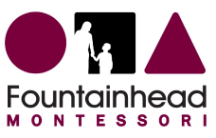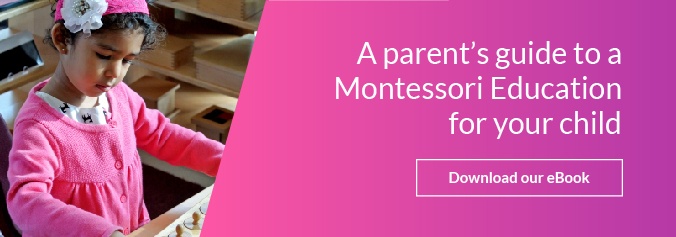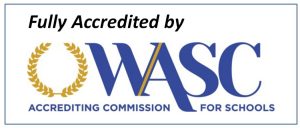Can a child with dyslexia succeed in the Montessori classroom? The short answer to this question is – yes. Dyslexia is a learning difference that some children have to navigate. But, it does not prevent students from making progress and thriving in the Montessori classroom. Montessori education is preferable to traditional education for children who are dealing with dyslexia. The smaller class size, self-directed learning, and individualized learning plans that are core elements of Montessori education will allow a child with dyslexia to thrive.
Smaller class size
The traditional classroom can be an overwhelming place for a child who is dealing with dyslexia. Overcrowded classrooms often come with overstimulation and a multitude of distractions. These elements can make learning and reading even more difficult for a child that needs minimal distractions to keep up. The Montessori classroom is designed to have a lower student to teacher ratio than the traditional public classroom. The smaller class size helps minimize distractions, promotes focus, and allows for individualized attention from the teacher. All of these elements will work together to support the learning of a child with dyslexia.
Self-directed learning
Children who have to deal with learning differences often get discouraged when they are forced to follow a curriculum designed for students without those learning differences. Discouragement and frustration are two of the biggest blocks to learning that students with dyslexia face. In the Montessori classroom, students have much more control over what, how, and the pace at which they learn. Self-directed learning is encouraged – whenever possible – because it helps all students thrive. Students in the Montessori classroom can work independently and focus for long periods because they are allowed to have a say in what and how they learn. This element of the Montessori classroom can help build confidence in students with dyslexia as they are provided with space and opportunity to master the concepts they are learning.
Individualized learning plans
The self-directed learning in the Montessori classroom happens with the support of an individualized learning plan. Small class sizes allow the teacher in the Montessori classroom to get to know the interests, learning style, and struggles of each student. The teacher uses those observations to provide each student with content that aligns with his or her interests as well as the necessary support to master important concepts. These individucalized learning plans are ideal for a child with dyslexia because it provides the specific resources each student needs to succeed.
The Montessori classroom is designed to provide each student with the necessary tools for success. The small class size, opportunities for self-directed learning, and individualized learning plans are just three examples of what sets the Montessori Method of education apart. You can learn more about what Montessori education has to offer by scheduling a time to observe a classroom.












Let us know what you think about this post
Put your Comment Below: